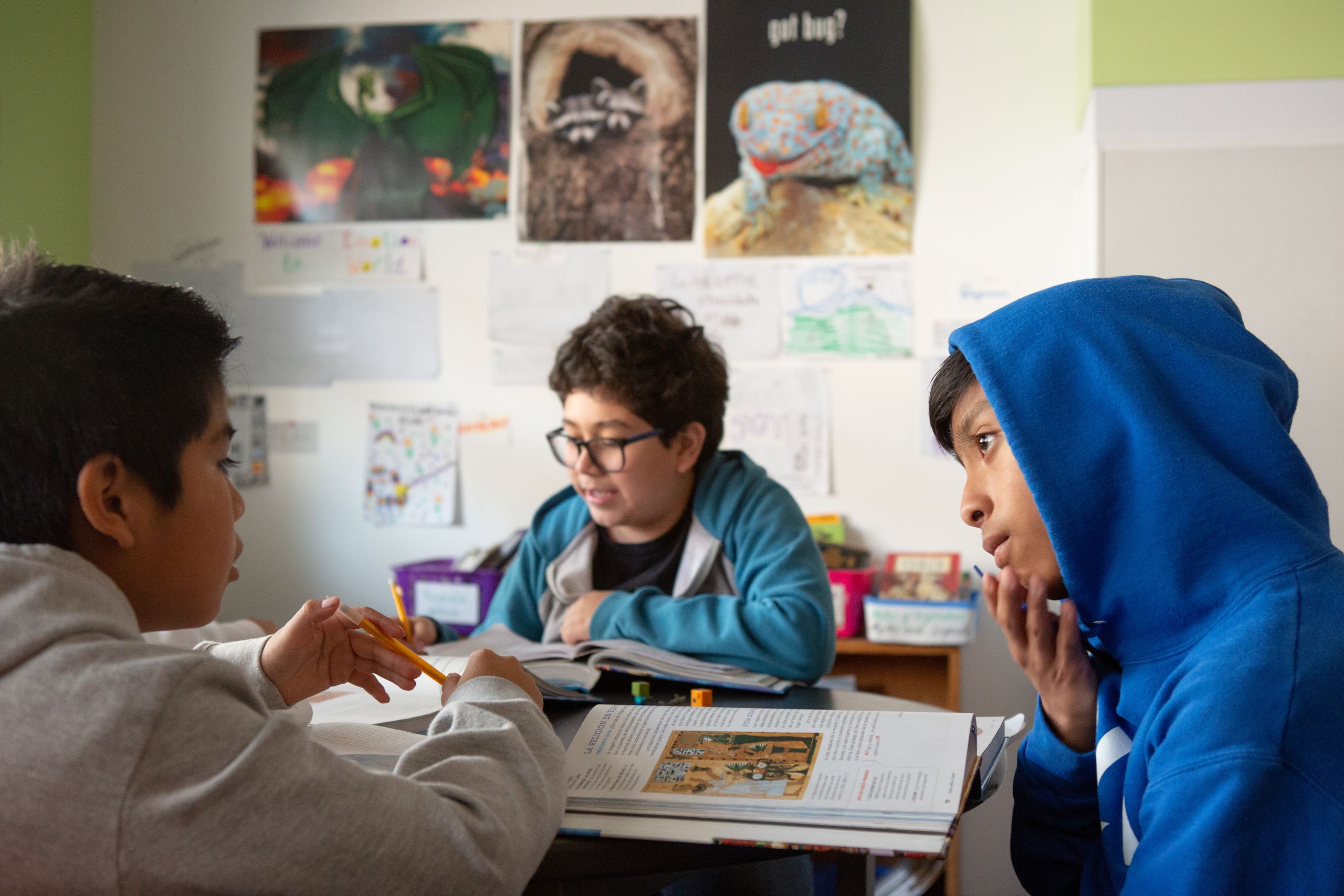Creating effective lessons is key to fostering student engagement, understanding, and success. Whether you’re designing a new lesson or refining an existing one, incorporating key elements ensures students receive meaningful and structured learning experiences. Let’s explore the fundamental components of effective lessons and how they work together.
Resource: This note-taker is included for you to apply these components to an existing or upcoming lesson plan. Use it by yourself or with a planning partner.
Clear Learning Objectives
A well-structured lesson starts with clear learning objectives. These objectives provide direction, help students understand expectations, and connect new learning to prior knowledge. Effective learning objectives should be:
- Specific, Measurable, and Achievable – Clearly define what students should know or be able to do.
- Aligned with Standards – Ensure consistency in learning and meet educational requirements.
- Communicated to Students – Students should be able to articulate what they are expected to learn and accomplish.
- Connected to Real-World Applications – Link learning to other disciplines and practical situations to enhance relevance.
Resource: When determining learning objectives, begin with the Indiana Academic Standards. In the “Resources” section, explore the Frameworks, which are intended to guide best practices in instruction and translate standards into learning opportunities for students. (Check out the Keep Indiana Learning Indiana Standards and ILEARN Resource Hub)
Engaging Learning Activities
Engagement is critical in any lesson. Learning activities should be student-centered and offer opportunities for active participation. Some effective strategies include:
- Discussions, Simulations, Hands-on Projects, and Game-Based Learning – Encourage exploration and problem-solving.
- Varied Instructional Grouping – Utilize small groups, pairs, and individual activities to cater to different learning styles.
- Student Choice and Interests – Allow students to have a voice in their learning to boost motivation.
- Station Rotation Model – Implement rotational learning to provide diverse instructional experiences.
Resource: The Station Rotation Model keeps students engaged in multiple activities by having small groups of students rotate around from station to station to complete a series of tasks while the teacher works with groups or individual students.

Effective Assessment Strategies
Assessment is more than just testing; it is an ongoing process that informs instruction and helps students progress. Use a variety of methods to check for understanding, such as:
- Formative and Summative Assessments – Gauge learning progress throughout and at the end of a lesson.
- Quizzes, Projects, Observations, and Presentations – Utilize diverse assessment tools.
- Effective Questioning Practices – Ensure all students participate and demonstrate understanding.
- Timely and Specific Feedback – Highlight strengths and areas for improvement.
Resource: Peardeck is one educational technology tool that allows teachers to assess progress, offer real-time feedback, and provide the differentiated instruction and gamified practice that keeps students engaged and excelling.
Logical Structure and Flow
A lesson should have a logical structure to ensure coherence and maintain student focus. A well-structured lesson includes:
- An Introduction – Grab students’ attention and set the stage for learning.
- A Clear Body – Present new concepts and provide guided practice.
- Effective Transitions – Ensure smooth movement between lesson components.
- A Strong Closure – End with a review, reflection, or summary to solidify learning.
Resource: Hyperdocs is one educational resource that provides students access to all content and learning in one organized digital space.
Additional Considerations
To enhance lesson effectiveness, consider:
- Scaffolding and Guided Practice – Provide support to help students reach higher levels of understanding.
- Adjusting Pacing – Ensure students have time to absorb material based on their needs.
- Creating a Positive Learning Environment – Foster collaboration, respect, and active participation.
- Encouraging Inquiry and Exploration – Spark curiosity and critical thinking through meaningful learning experiences.
Resource: Artificial Intelligence tools can serve as teachers’ own personal assistants – answering questions, helping to write text, and enhancing lessons.
By incorporating these elements into lesson planning, educators can create impactful and engaging learning experiences that promote student success.
Resources
Please login or register to claim PGPs.
Alternatively, you may use the PGP Request Form if you prefer to not register an account.



